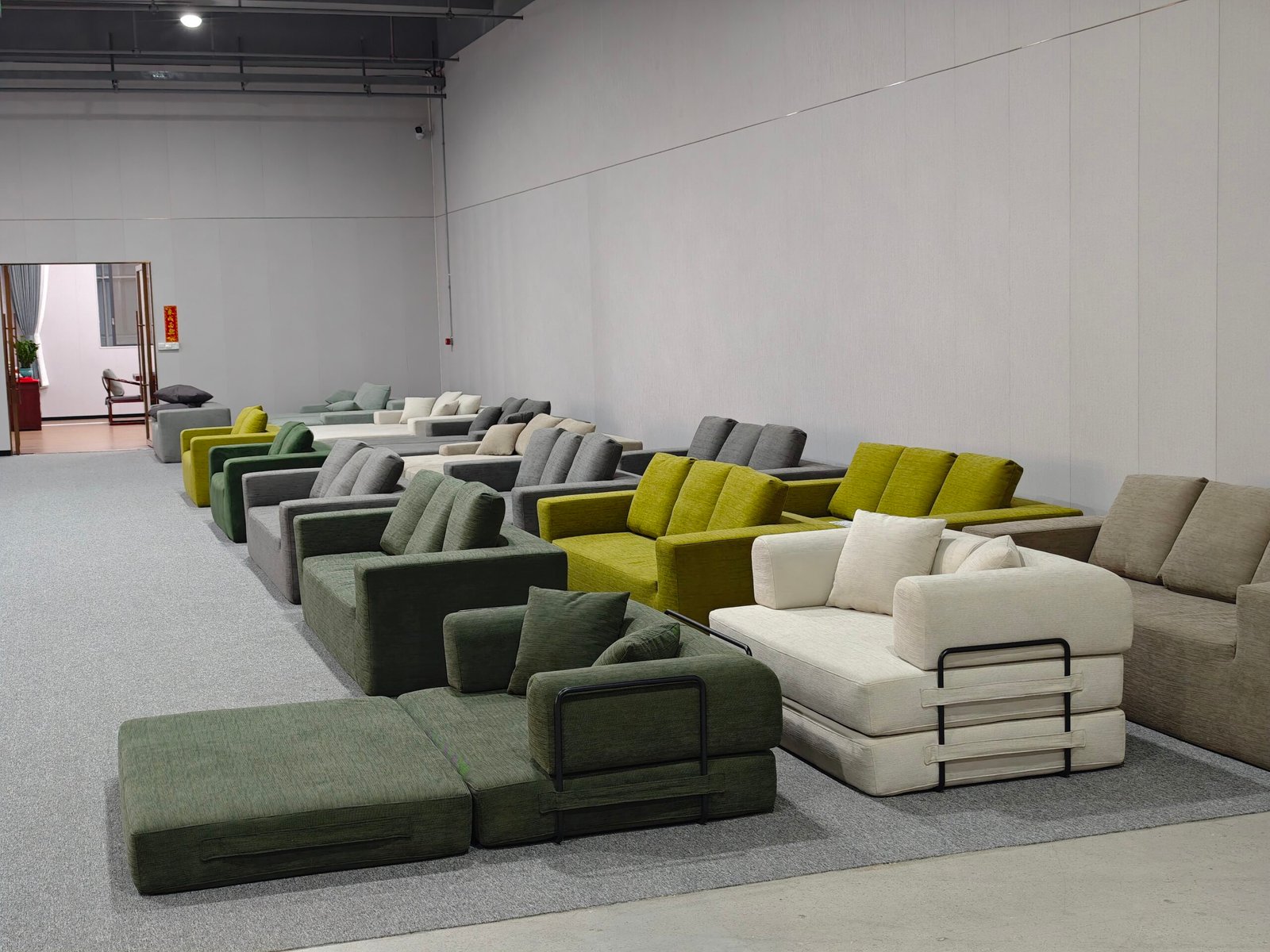
Looking for a sofa that’s easy to ship and easy on the planet? Compression sofas might be the sustainable solution you didn’t know you needed.
Compressed sofas are more environmentally friendly than traditional sofas due to their efficient shipping, reduced material waste, modular repairability, and increasing use of sustainable materials.
They reduce carbon emissions during transport and often align with eco-conscious manufacturing practices—when you choose the right brand.
What makes a sofa “environmentally friendly”?
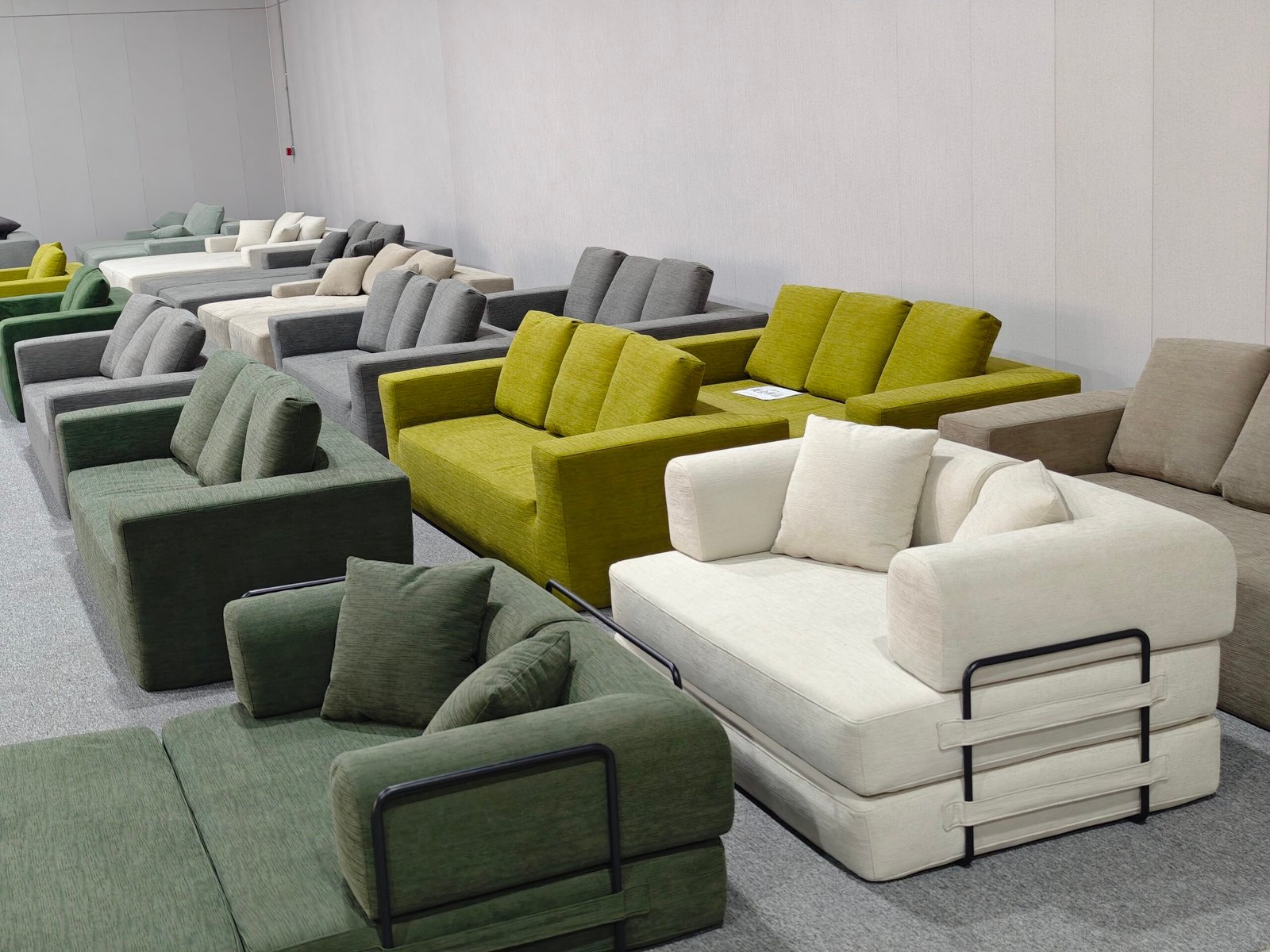
A truly eco-friendly sofa impacts the environment less across its entire life cycle. Here’s what matters:
| Stage | Sustainability Factor |
|---|---|
| Raw materials | Recycled, biodegradable, or renewable resources |
| Manufacturing | Low energy usage, minimal waste, non-toxic glues |
| Packaging | Recyclable or biodegradable packaging |
| Shipping | Space-saving design reduces fuel and emissions |
| Usage | Long lifespan, durable materials |
| Disposal | Easy to recycle, modular disassembly |
Compression sofas check many of these boxes—especially when compared to bulky, hard-to-ship traditional models.
How does compression help the environment?
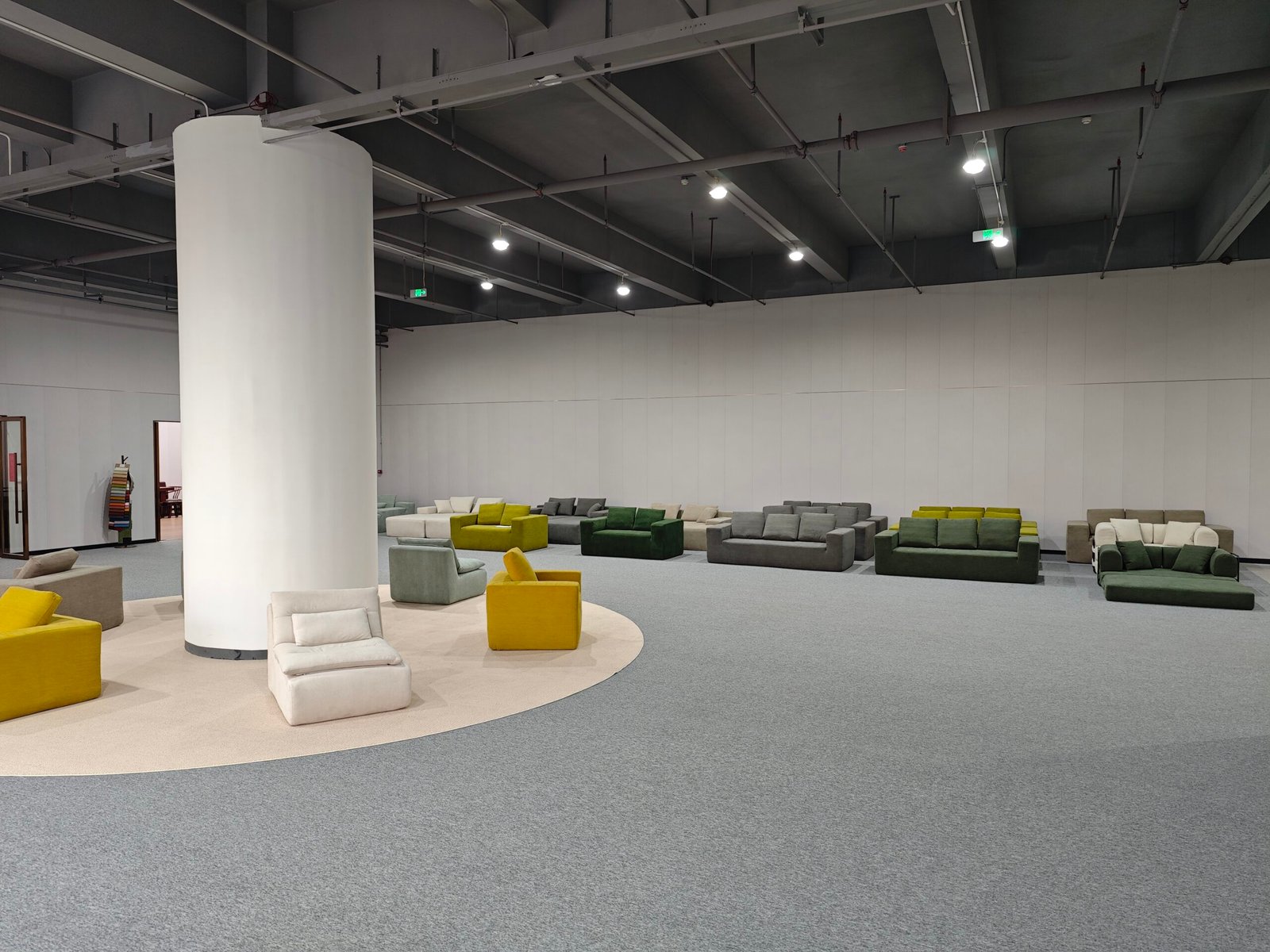
Shipping furniture is expensive—not just in dollars, but in fuel, space, and emissions.
Compressed sofas are vacuum-packed or modular, drastically reducing their shipping size.
Here’s the math:
| Sofa Type | Avg. Units per Container | CO₂ Emissions per Unit (est.) |
|---|---|---|
| Traditional Sofa | ~80 | High |
| Compressed Sofa | ~300 | 60–70% less |
That means:
- Fewer trucks or containers needed
- Lower carbon emissions per sofa
- Smaller warehouses and less storage waste
It’s a win for your wallet and the atmosphere.
What materials are used in eco-conscious compression sofas?
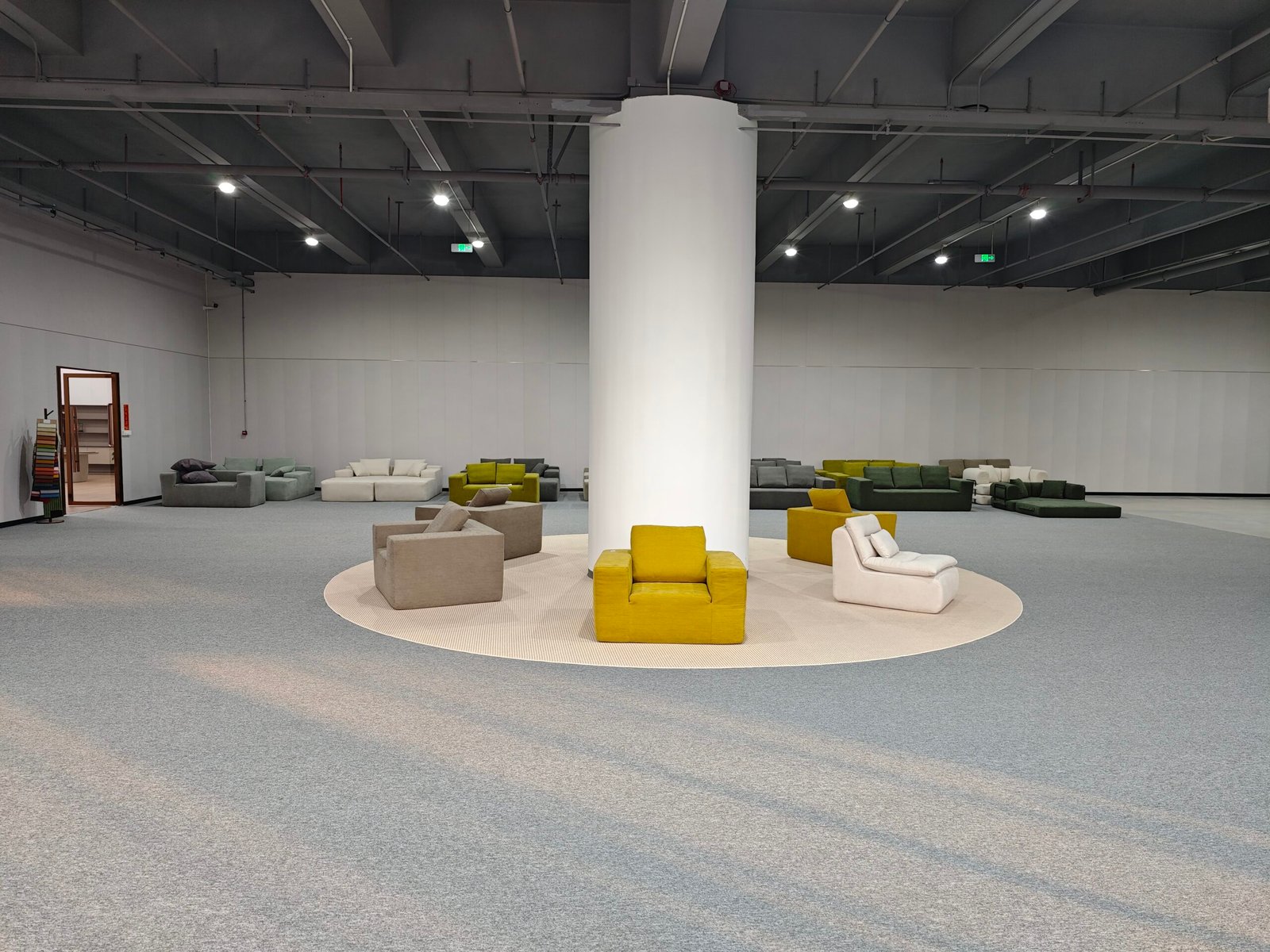
Not all compression sofas are created equal—but many brands are switching to sustainable options like:
Sustainable Upholstery Options:
- Organic cotton: No pesticides, biodegradable
- Recycled polyester: Repurposed plastic bottles, low impact
- Linen/hemp: Fast-growing, minimal water use
Frame & Foam Choices:
- FSC-certified wood: Responsibly harvested forests
- Recycled steel/aluminum: Durable and endlessly recyclable
- Soy-based or CertiPUR-US® foam: Low VOCs, safer for indoor air
Tip: Look for certifications like GOTS, OEKO-TEX, GREENGUARD, or FSC when shopping.
Are compressed sofas easy to recycle or repair?

Yes—and that’s a big reason they’re more eco-friendly than you’d think.
Modular Design = Less Waste
Compression sofas are often built in parts. That means:
- Replace a cushion, not the whole couch
- Disassemble and recycle components easily
- Minimal tools required = DIY friendly
Some brands even offer:
- Take-back programs (they recycle it for you)
- Extended warranties to reduce throwaway culture
The longer a sofa lasts, the less ends up in landfills.
What about chemical usage?
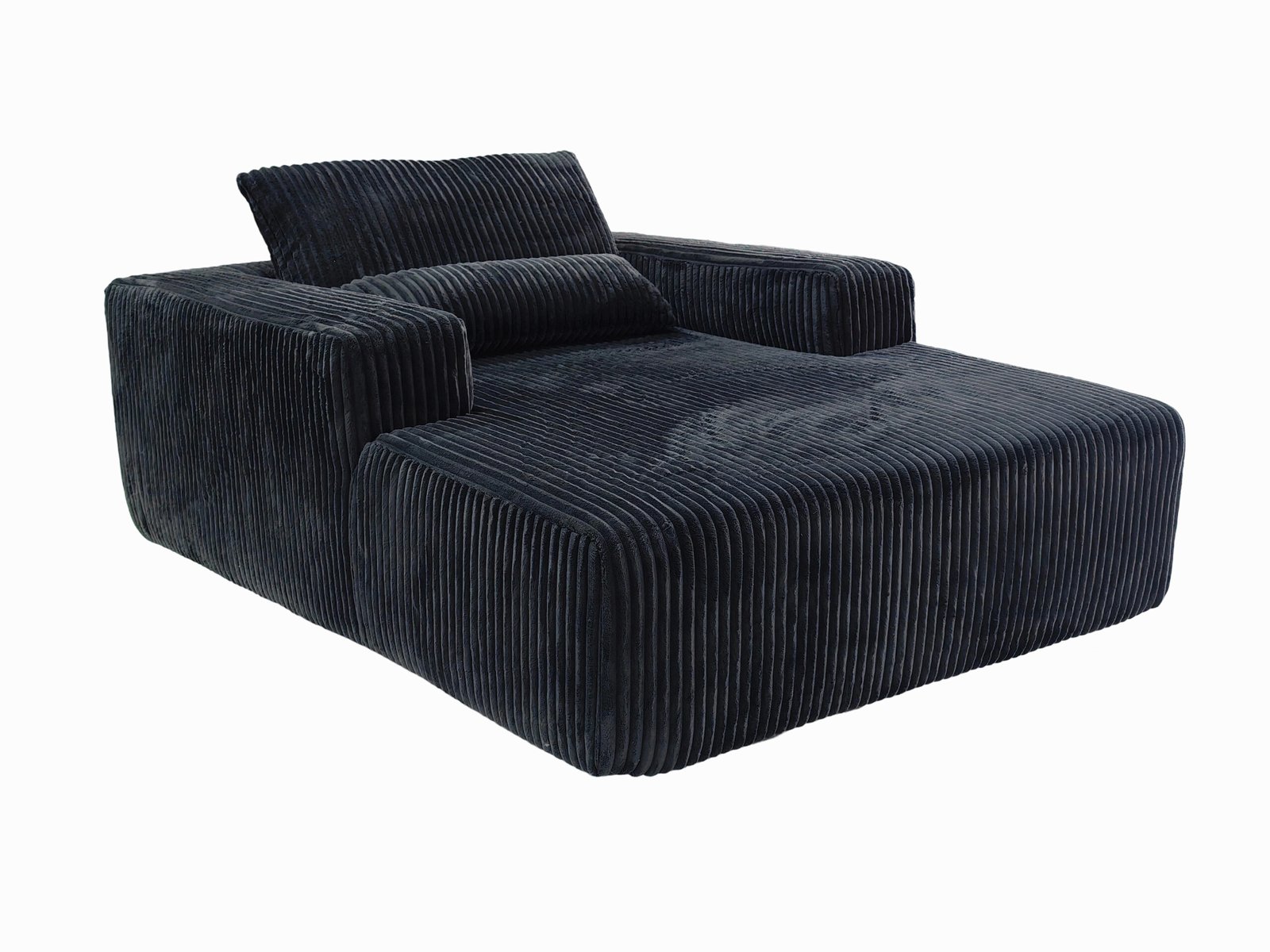
Traditional sofas often use:
- Flame retardants
- Formaldehyde-based adhesives
- Off-gassing foams
These not only harm the environment but also pollute your indoor air.
Many compression sofa manufacturers now avoid VOC-heavy chemicals. They use:
- Water-based glues
- Natural dyes
- Non-toxic finishes
That’s better for your health—and for the planet.
How about packaging materials?
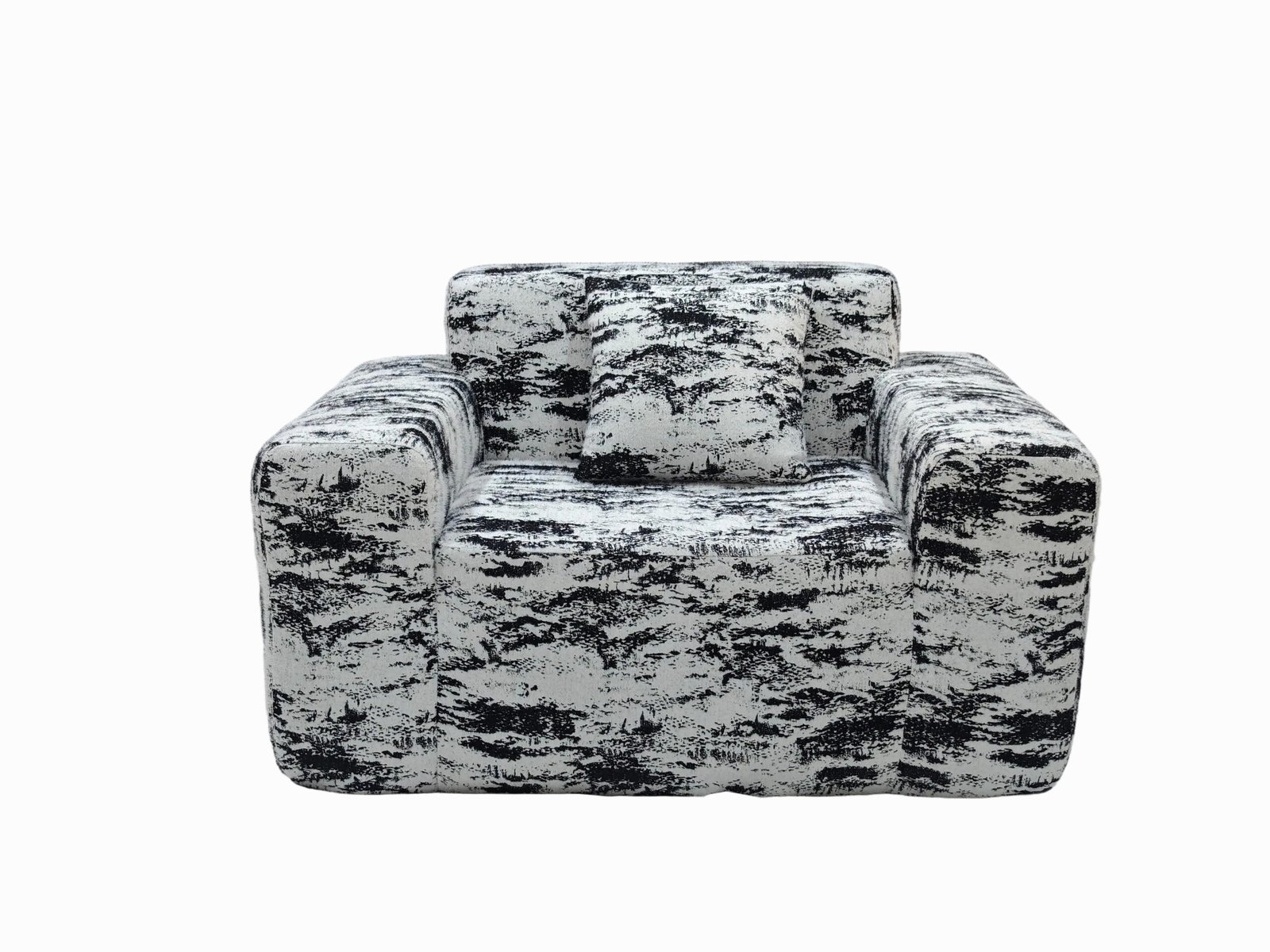
Packaging is where traditional sofas fail. Foam peanuts and layers of plastic waste? Not great.
Compressed sofas use less packaging—often just one box.
Sustainable brands take it further:
- Recyclable cardboard only
- Biodegradable or plant-based film
- QR code instructions (no printed manuals)
Less packaging = less trash = lower carbon footprint.
Are all compressed sofas eco-friendly?

Not automatically. Some are greenwashed.
The brand matters. Look for ones that:
- Publicly list materials and sourcing
- Offer end-of-life recycling or repair
- Use eco-certifications
- Are transparent about manufacturing practices
Red flags:
- “Eco” claims with no details
- Mystery foam or plastic parts
- No clear info on packaging or transport
Sustainable sofas shouldn’t be a mystery—they should show you the receipts.
Conclusion
Compression sofas are a smart choice for the eco-conscious buyer.
Their space-saving design, modular build, and growing use of green materials help reduce carbon emissions, waste, and toxins—without sacrificing style or comfort.
The key is choosing a brand that backs up the sustainability talk with real actions.